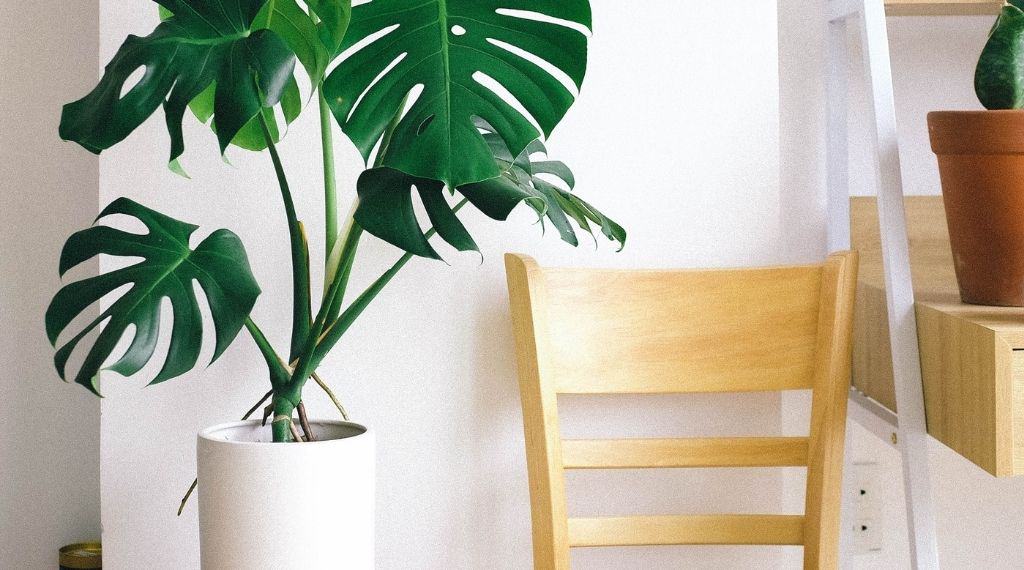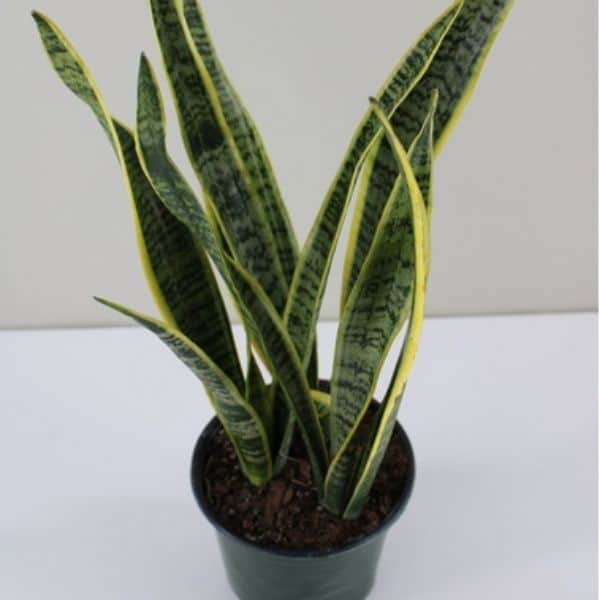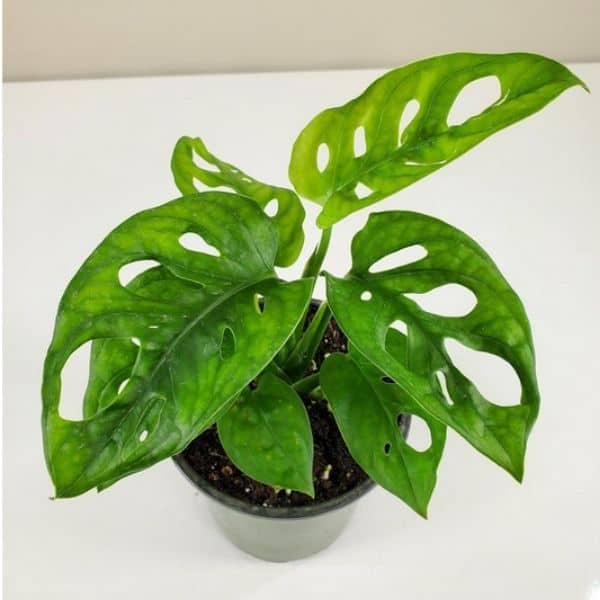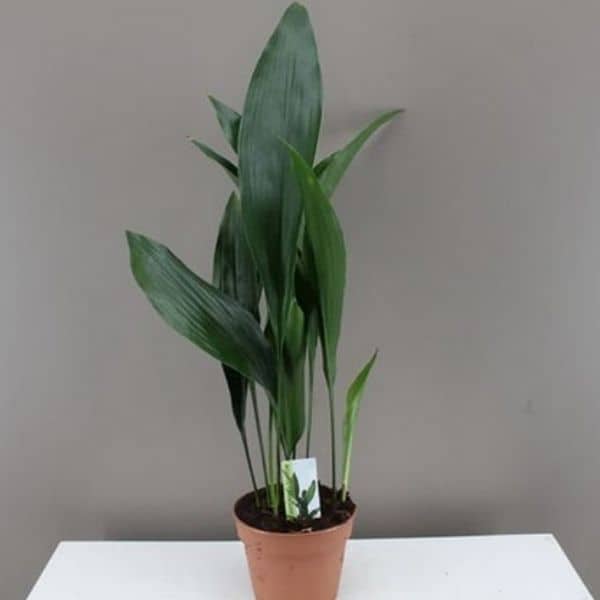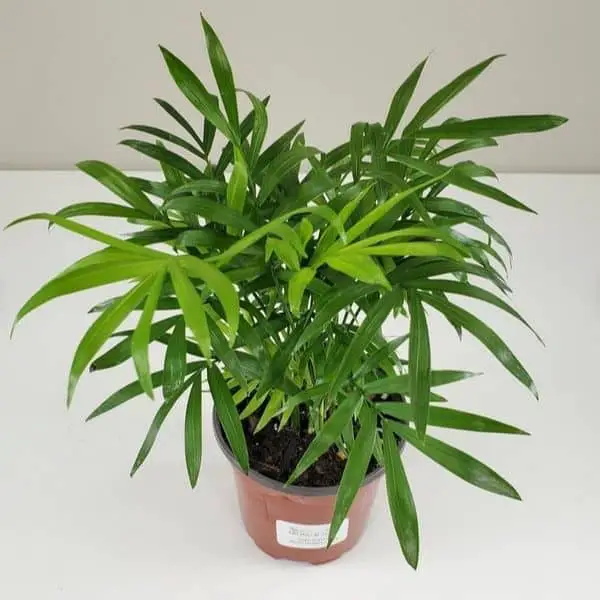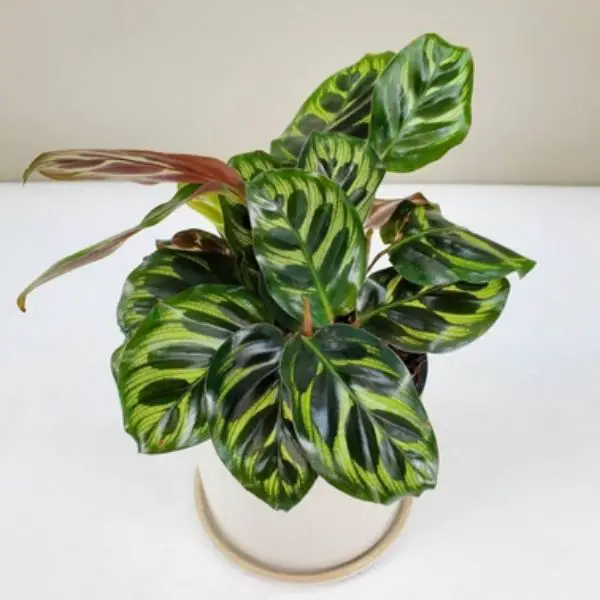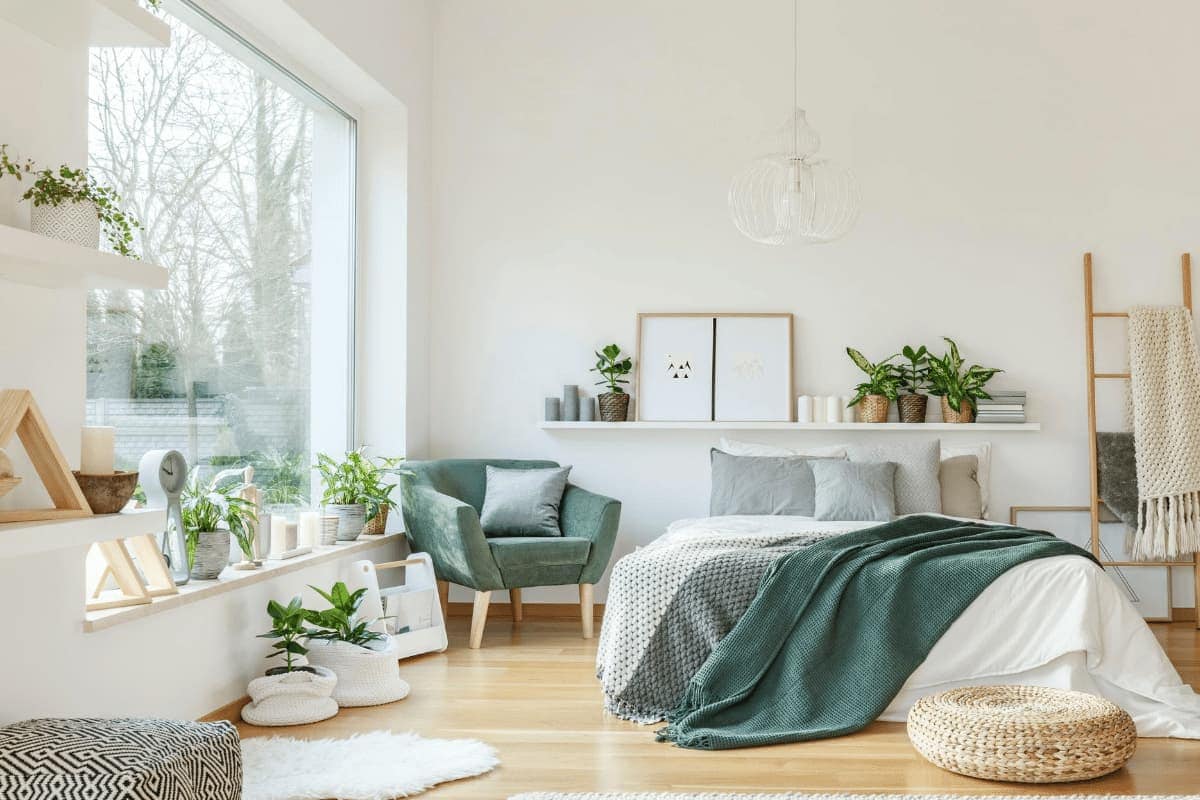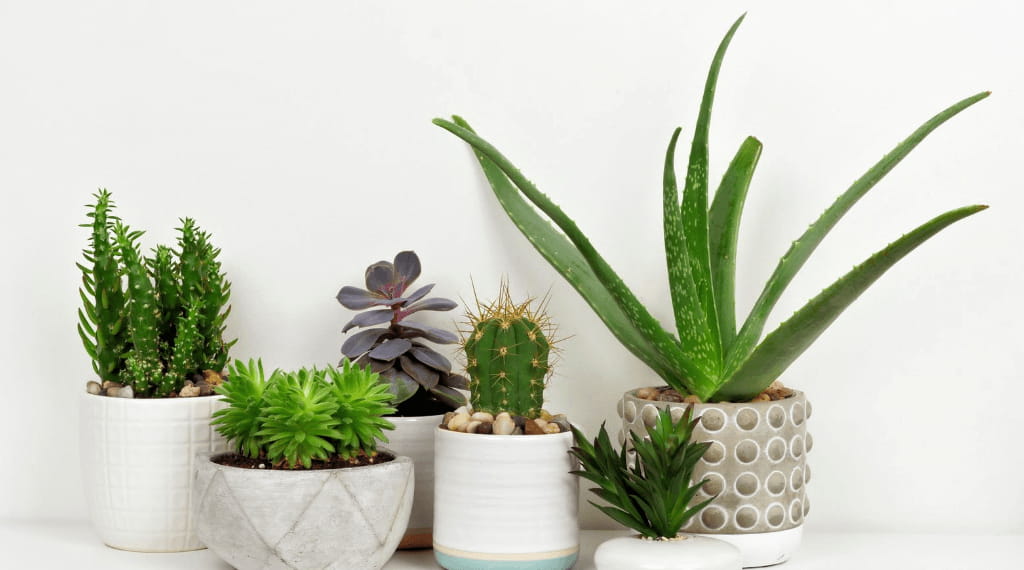The Best Low Light Plants For Offices to Improve Productivity
Plants can give your office that perfect little pop of green to balance out all of the neutral-toned colors.
But, if you work in an office with no windows, you might be worried that a living plant won’t last.
But rest assured, you do not have to settle for an artificial plant.
Artificial plants can look too fake and are a hassle to clean because they quickly collect dust.
Don’t let working in an office with no windows stop you from adding live plants to your space.
In fact, you really should add plants to your windowless office to help brighten your mood, cleanse the air and increase productivity.
This post contains affiliate links. As an affiliate partner of various brands, we earn a little commission on qualifying purchases, at no extra cost to you. When you purchase through our links, you help our business to keep going. So thank you for your support! You may read our full disclaimer for more information.
Read on to find out the six best low light plants for offices with no windows, each of these plants grow well in low-light spaces and are fairly simple to care for.
Three of our picks are easy to grow indoor plants great for windowless offices and do not require any special care requirements.
The other three are nontoxic, in case you work from home and have animals roaming in and out of your office.
We’ll also cover how plants can survive indoors without needing natural sunlight and some interesting facts about each plant and plant care instructions.
Can Houseplants Survive Without Natural Light?
For offices without windows, plants that need direct or indirect natural sunlight to survive are a no-go.
Low-light plants are your best bet for a healthy and lively plant when the only light you have in the room is from lightbulbs.
While low-light plants still need a little bit of light to survive, the light doesn’t have to be natural, and they don’t need light exposure for very long.
Most offices have desk lamps or light fixtures on the ceiling, which contain either LED light bulbs or fluorescent light bulbs.
These kinds of light bulbs can replace natural sunlight and help your plants photosynthesize in the same way as they would if it were growing outside.
Just turn the light on for a short time every once in a while, and your plants should thrive!
Some plants can survive without much natural or artificial light because plant breeds that have evolved to live through low-light conditions.
Like ones that grow on the jungle or forest floors, grow taller and skinnier leaves that contain more chlorophyll.
Their leaves can reach the sunlight better, and having more chlorophyll means more efficient food absorption.
6 Low Maintenance Low Light Plants for Offices with Busy Workers
If you work a lot, you might not have the time in your day to specially care for plants that have complex care routines.
It’s also easy to forget about watering them when you’re focused on more important matters.
If caring for plants just isn’t your forte, then these plants are perfect for you.
These are 6 low maintenance low light plants for offices with busy workers and brown-thumb florists.
1. Snake Plant
The Snake plant gets its name from the long and skinny shape of its leaves and its unique pattern that looks similar to snake scales. Snake plants are easy to keep because they don’t require a particular care routine.
This plant can grow up to eight feet tall and thrives in medium light, but it can survive low light. The plant’s modern look makes it a great office decoration.
The best soil type to grow Snake plants indoors is a one-one ratio of succulent and cactus mix to potting soil. For extra drainage, if your plant pot has only a few drain holes, a few handfuls of pumice or perlite will also help.
This plant can survive through dry and humid humidity. You should let the soil dry almost completely in between watering.
Related Reading: Everything You Need To Know About Snake Plant Care
2. Swiss Cheese Plant
The Monstera Adansonii (aka Swiss Cheese plant) gets its name from the holes, or fenestrations, in its leaves that resemble the holes in Swiss cheese.
Its leaves are heart-shaped, and its stems, which are long and skinny, can grow up to eight feet tall with a stake to climb up. As babies, the Swiss Cheese plant makes a great desk topper and, as adults, it can make an excellent corner office décor.
The best soil type to grow your monstera adansonii plant indoors is peat-based potting soil with a pH between 5.5 to 7.0. This soil can trap moisture without waterlogging the plant’s roots because the Swiss Cheese plant loves to be consistently moist.
You can tell when to water your plant by putting your finger in the soil and determining if it’s nearly dry to the touch.
3. Cast Iron Plant
The Cast Iron plant gets its name from its sturdy nature and how it’s practically impossible to kill because it can survive through neglect. The Cast Iron plant’s leaves are dark green and have a glossy texture.
Their stems are long and skinny and can reach up to 24 inches tall. This plant thrives in dark spaces. It would look great in the corner of your office or by your desk.
The best soil type for this plant to grow indoors is potting soil, with a pH between 5.5 to 6.5. This plant can survive in cold and hot environments, so anyone can grow this plant without problems.
Cast Iron plants can survive through droughts but won’t survive through over-watering. You should let the soil dry out in between watering.
Related Reading: Houseplants Safe For Cats
4. Peperomia Napoli Nights Plant
The Peperomia Napoli Nights plant, can be distinguished by it’s silver-green heart shaped leaves with deep red undersides. This easy to care for plant will tolerate low light and likes to be watered little but often, once the top of the soil dries out.
This is an excellent desk plant for an office with no windows, or place it on top of a filing cabinet to liven up the workspace.
If you work from home and have pets, this plant is ideal. It’s non-toxic and slow growing so it won’t overcrowd your space and won’t harm your furry friends.
5. Parlor Palm Plant
If you can’t work in the tropics, bring the tropics to work. The Parlor Palm plant grows well in low-light spaces. If it is placed in an area that has no windows, it will grow much more slowly but will still survive.
The Parlor Palm plant has long and skinny leaves and can grow up to six feet tall. This plant will look lovely in a corner space or next to your desk.
The best soil type for growing Parlor Palm plants indoors is peat-based potting soil. You should let the first inch of the soil dry out in between watering.
The Parlor Palm plant thrives in room temperature conditions, between 65 to 80 degrees Fahrenheit, making it a great indoor plant. This plant is non-toxic to animals and a great air purifier.
6. Peacock Plant
The Peacock Plant belongs to the calathea family and gets its name from its flashy feathered design on its leaves with a pinkish-red underside similar to peacock feathers.
Keeping the Peacock plant in low-light can make its unique leaf pattern more vibrant, which is great news if your office space has little natural light.
Peacock plants only grow to about two feet tall, making it ideal for filling shelf space or desktop. Opt for a soil that is two-part peat to one-part sand or perlite mixture, keeping the soil moist but while still draining well.
This plant thrives in a humid climate, which you can replicate by misting it or sitting its plant pot on a tray with pebbles and water. The Peacock plant is nontoxic to dogs and cats, so if pets are allowed in your office, it’s a great addition.
Wrapping Up the 6 Best Low Light Plants for Offices
Plants make excellent home decorations in offices, and you can get a great sense of accomplishment when you manage to keep them living.
If you don’t have any windows in your space, that’s no problem because these six plants can survive with low light.
Some of these plants don’t require complex routines, and some are nontoxic, so your animals won’t be harmed.
Looking for a smaller office plant? Check out 10 best succulents for your office

